Thanks a lot for the great archive and coverage about the long-lasting and very interesting history of the Dutch transportation bikes! I I hope it’s okay that I’m writing to you in English and I hope you’re healthy and fit in these times.
Due to the current Corona curfew and lockdown in the city of Berlin where I’m located, I’ve started to renovate my old transportation bike which I bought in 2014 in Terschuur and had wanted to renovate for a long time as it has gotten quite rusty and the front fork is loose.
I have four questions for you at this stage of the renovation:
1) I could actually locate the silver logo of the GWH label. GWH is only a logo of the spare parts producer, correct? Does the frame number 1 46119 tell you anything about the history or age of the bike?
2) Do you also know how to open the bell? It seems like it comes with almost no screws but some sort of riveting. It’s so rusty but I would want to use it again.
3) And what about the headset of the front fork and the front fork itself? Do you possibly have photos of how they are constructed inside? I’m afraid of destroying it while opening it.
4) I consider to get the bike powder coated after having given it a treatment with glass bead blasting. Is there something to consider in terms of the material that makes those kinds of bikes different form other bikes and bike frames? The brass „smeernippel“ down by the bottom bracket (which seems to be made of copper? it seems so copper colored?) will need to be covered in any case. And is the kind of black a special black in terms of RAL or NCS color code standards?
Once I have the chance to take a look at the inside of the fork, I will have to order a few new spare parts (chain, rear hub, rear mudguard etc.) through Toon Mensinck via Nostalgie Oirschot, I guess.
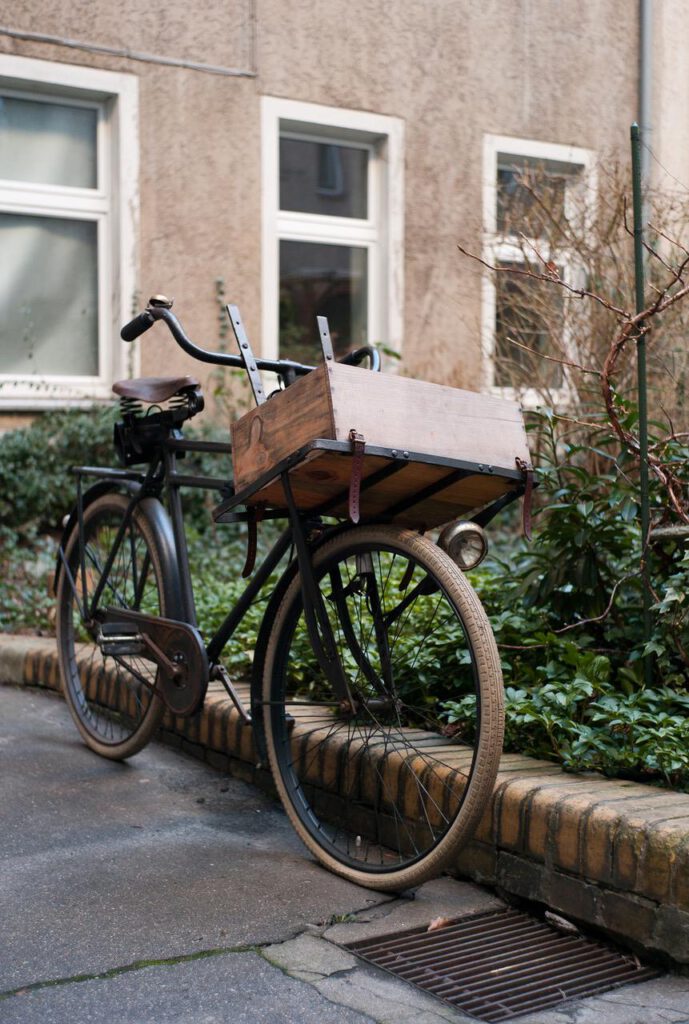
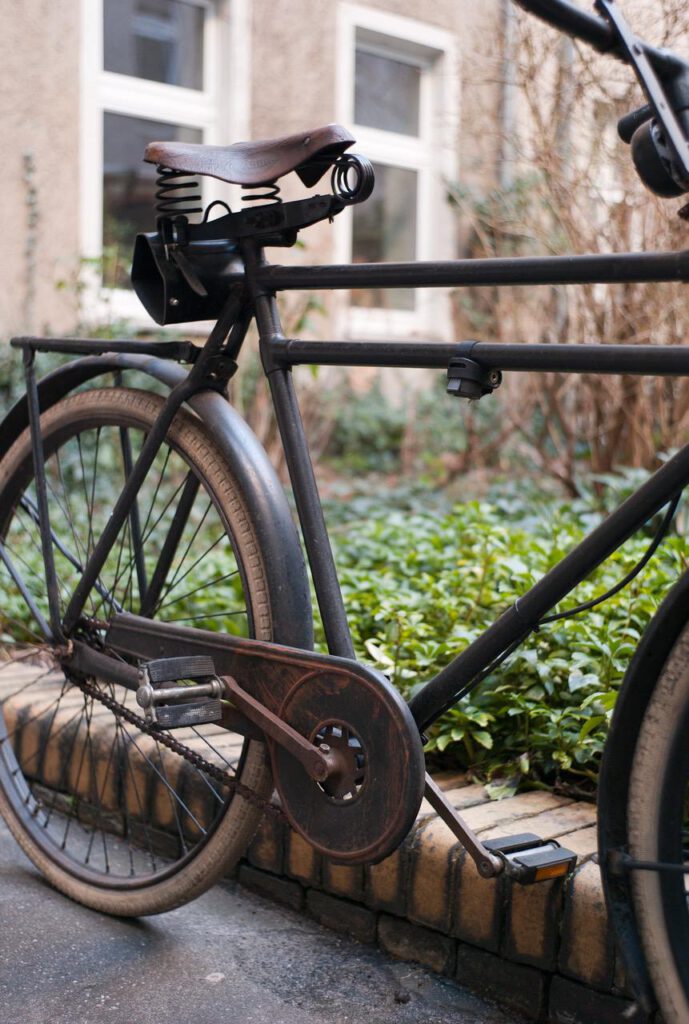

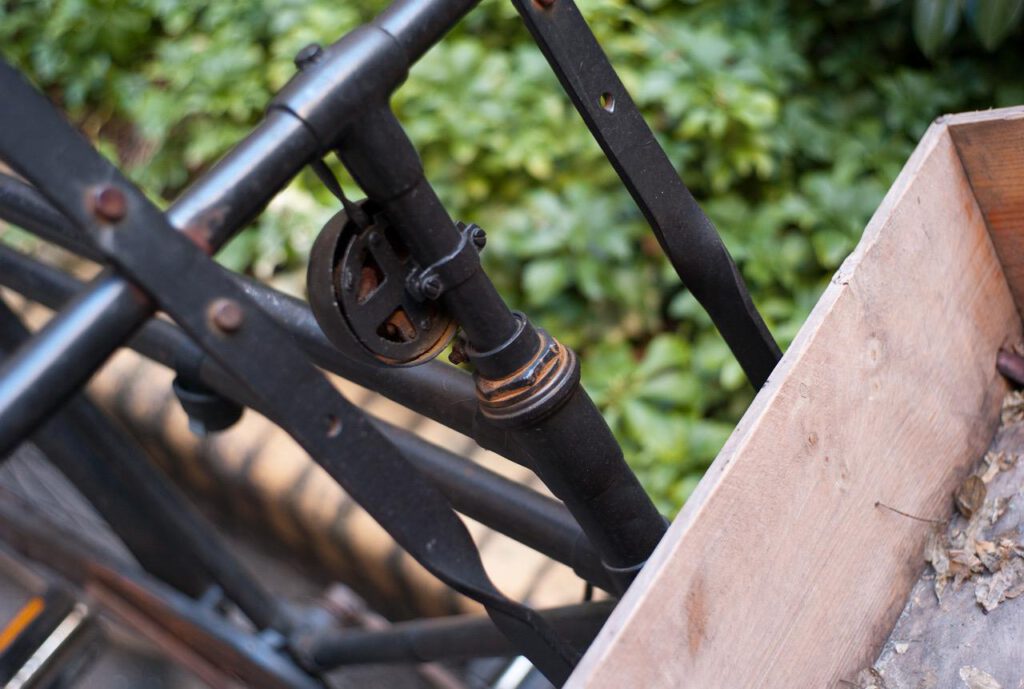

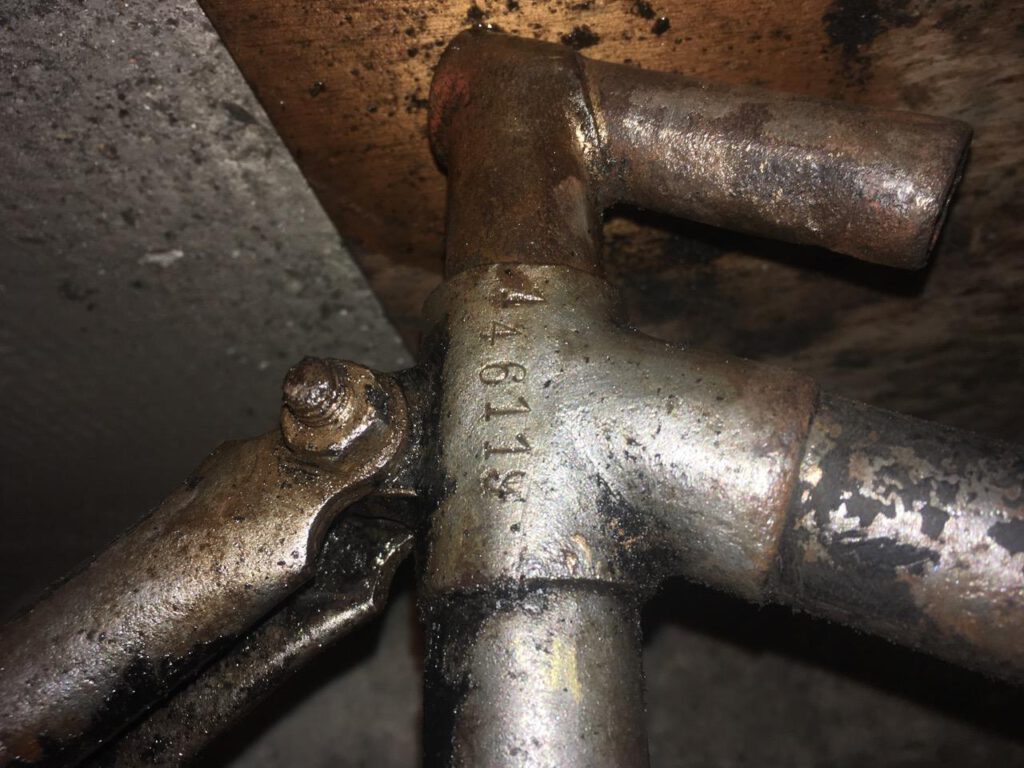
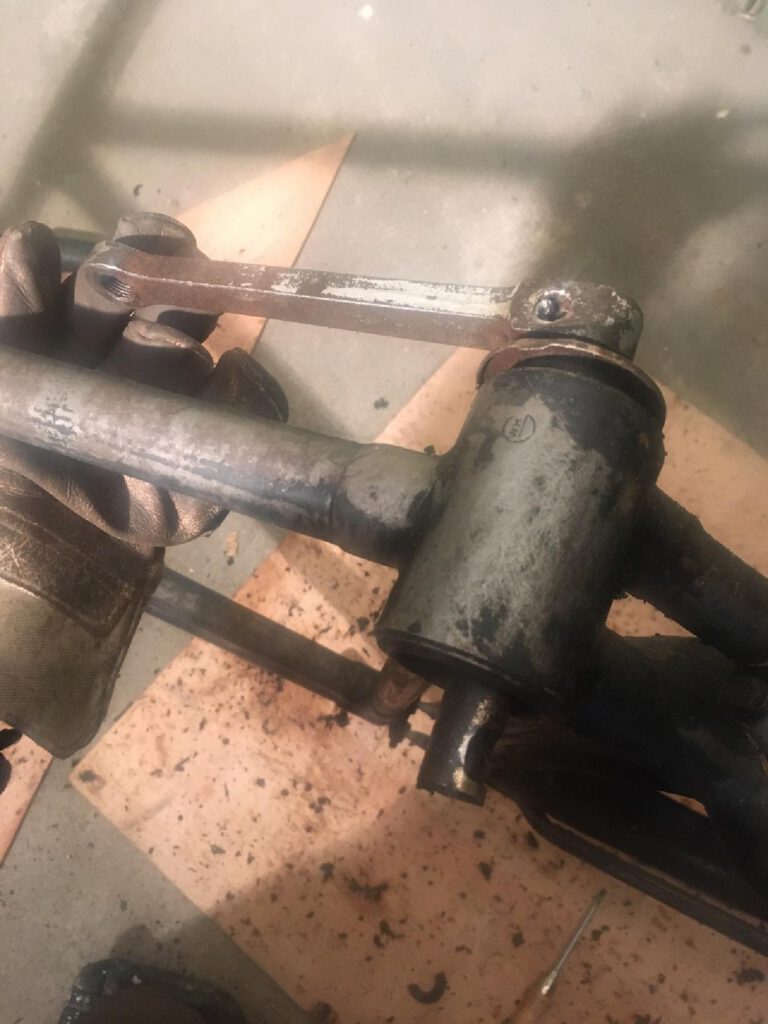
And a couple more photos featuring the achternaaf of the bike. It seems like it’s a torpedo one, yet I couldn’t locate a particular year. Also, something is written as “RM France” and I think it’s all different compartment mixed from different years.
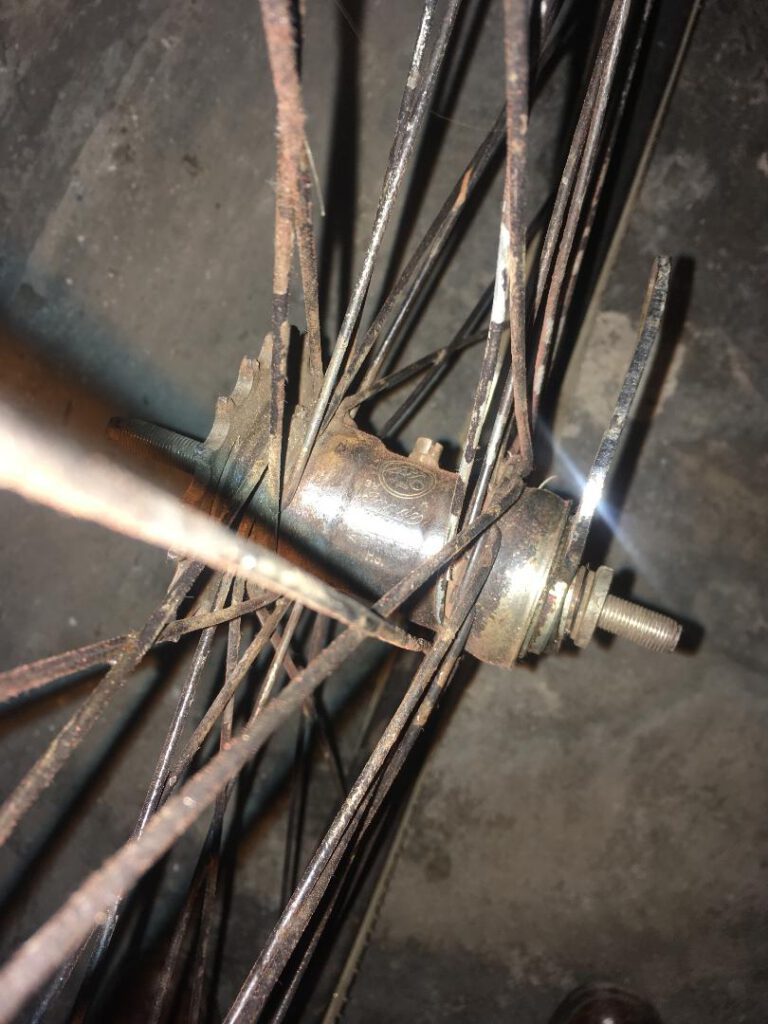

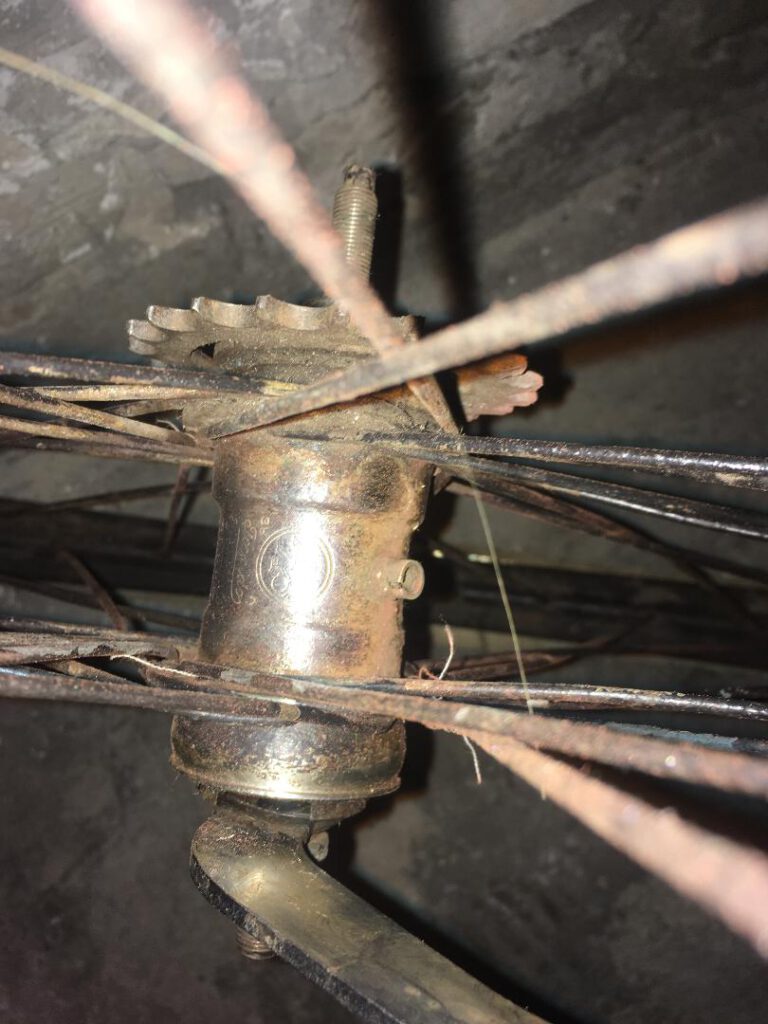
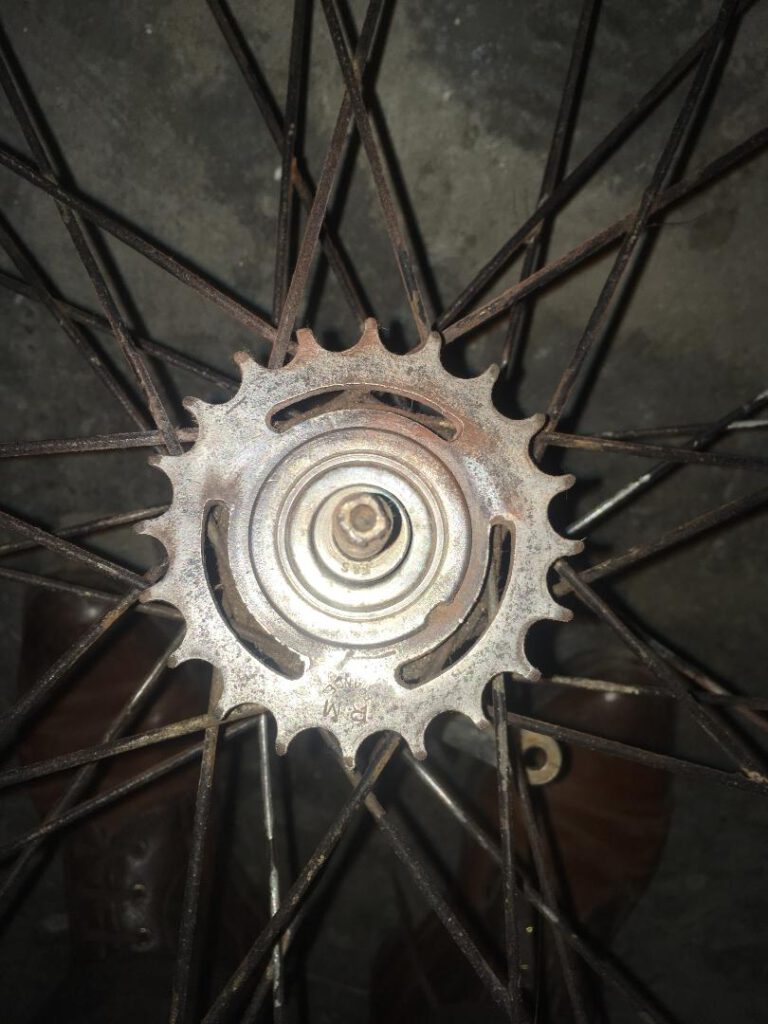
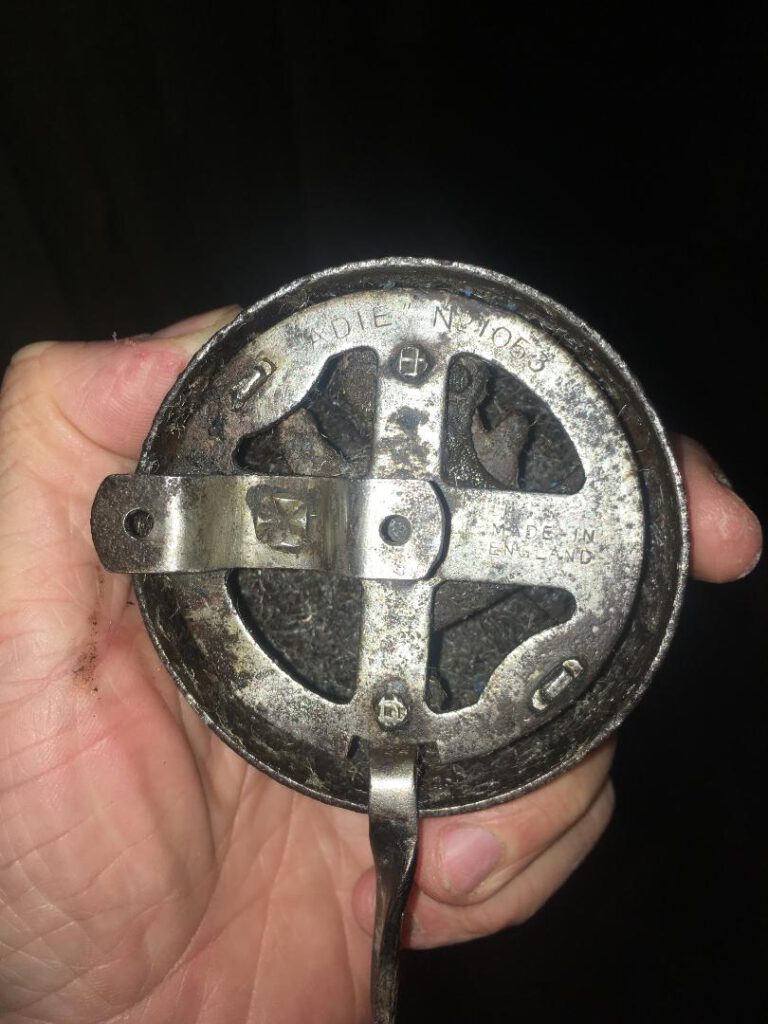
Thanks in advance for your help and stay healthy!

Hello Jonas,
Here are my answers to your questions:
1. GWH means “Eisengießerei Wilhelm Holthaus” / Hagen (Westfalen), Germany. They produced lugs and still exist today. The framenumber doesn’t ring a bell. The offset 1 is something typical to this number, but I don’t know a brand that used framenumbers that way.
2. The bell can be taken apart by turning the top. Earlier versions of this bells had a bolt through the top, but this one has thread riveted to the top. I suspect that the bell a later model, 50s or later.
3. I don’t have pictures. But you first have to remove the bolt from the clamp (strop). Then you can move the clamp upwards. Next loosen the large nut below it. When that’s unscrewed, you can loosen the top part of the bearing (turning it by hand), that is below the large nut. The balls will start to fall out at the top and bottom bearing, so be aware of that. If you want to take the handle bars out of the front fork, you need to loosen the bolt at the top of the handle bars. Unscrew that for a bit (not all the way), and tap it down carefully. The cone at the bottom of the handle bars will then loosen, and you may be able to turn the handlebars, and by twisting it back and forwards pull it out. However, a lot of times this will be completely stuck, and you will break the handle bars before it comes loose. At any rate, soak it with penetrating oil first. It’s best to let it soak for a week or so, to let it do it’s job.
4. I can’t give good information on how to paint, as I prefer not painting old bicycles, and keeping the weathered old looks, and preserved/restore any original paint where possible, stripping added paint layers if possible. However, be aware that most modern paints don’t get the same deep black as the old paints. They were painted by “moffelen” (dip painting and then curing hot). Often powder coating can look rather like plastic, rather then the deep black glossy enamel of the old days.
The hub has the year below left from the encircled logo. From the photo’s this seems to be “38”, so 1938. That seems consistent with the rest of the bicycle. The front carrier for example is of a model used from later ’20s to early ’40, of which most preserved bicycles are from the 30s. The “remhevel” is a modern one, from a Favorit hub, a cheap copy of a Torpedo.